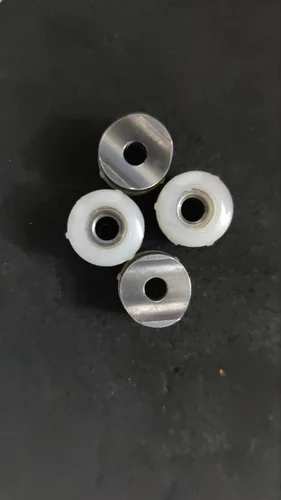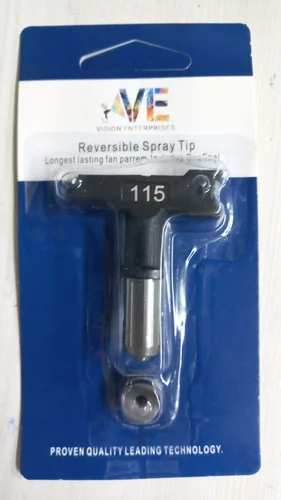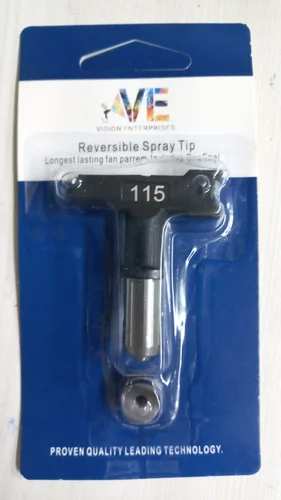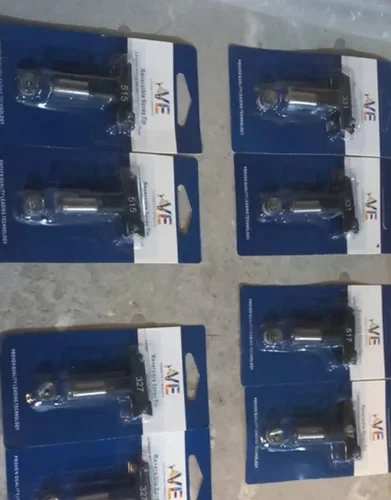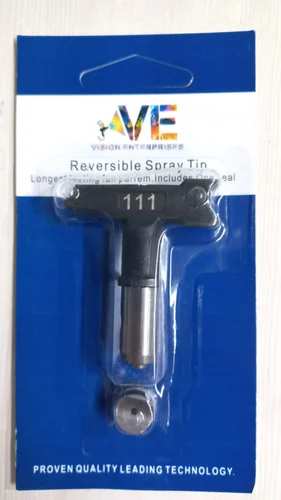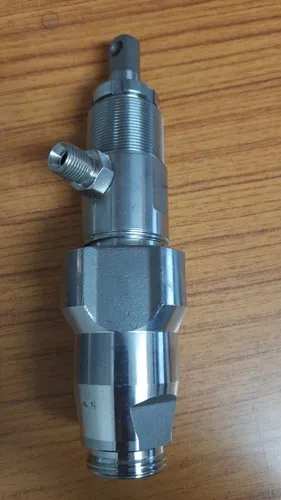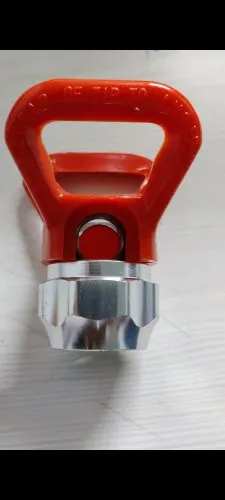Airless Sprayer Electric
Automation Grade: Manual
Product Type: spary tip
Usage/Application: painting
Material: ss
Warranty: NO
Power: NO
Grade: A
The reversible RAC IV SwitchTips are the most widely used tip for spraying a variety of coatings from lacquers to exterior paints.
Airless paint spray tips are the crucial component that determines the spray pattern, flow rate, and overall effectiveness of your airless sprayer. Choosing the right one depends on several factors, so let's delve into the key aspects:
Tip anatomy:
Number and size: The first number typically indicates the fan width the tip produces at 12 inches from the surface (e.g., a 517 tip gives a 10-inch fan). The second and third numbers represent the orifice size in thousandths of an inch (e.g., 17 for a 517 tip). Generally, higher numbers mean wider fans and thicker coatings.
Angle: Tips come in standard (angled) and fan (straight) versions. Angled tips provide a wider coverage area and are good for general painting, while fan tips offer a more controlled, flat spray suitable for doors, trim, and precise work.
Reverse tip: These double-sided tips offer versatility, allowing you to quickly switch between a clean and clogged side by simply rotating the tip 180 degrees.
Tip selection factors:
Project type: Choose a wider fan for large walls and a narrower one for trim or detailed work. Thicker coatings require larger orifice sizes.
Paint type: Latex paints usually work well with standard tips, while heavier materials like primers or stains might need larger orifices or special tips made for thicker coatings.
Sprayer pressure: Match the tip size to your sprayer's pressure capacity. Using a tip beyond the recommended pressure can lead to poor atomization and premature wear.
Personal preference: Experiment with different tip sizes and angles to find what works best for your comfort and application style.
Popular tip sizes and their uses:
211, 311, 411: Fine finish tips for lacquers, stains, and enamels on small projects.
315, 415, 515: General-purpose tips for latex paints on walls, ceilings, and furniture.
517, 617, 717: Heavier-duty tips for thick coatings like primers, elastomeric paints, and fire retardants.
Send Message

